
Dish
Dolce di castagne
Chestnut Cake
The dessert is made with a combination of chestnut flour, sugar, eggs, and butter, and is flavored with a variety of spices such as cinnamon and nutmeg. Once the dessert is baked, it is topped with a layer of powdered sugar that gives it a sweet and nutty flavor.
Origins and history
Dolce di castagne originated in the region of Tuscany in Italy and has been a popular dessert in the country for many years. The dessert is often served during the fall and winter months when chestnuts are in season.
Dietary considerations
Gluten-free.
Variations
Variations of Dolce di castagne include adding a layer of chocolate or fruit on top of the chestnut mixture. Some recipes also call for the addition of nuts such as hazelnuts or almonds.
Presentation and garnishing
Dolce di castagne can be garnished with a sprinkle of cinnamon or a drizzle of chocolate sauce.
Tips & Tricks
To ensure that the dessert is moist and flavorful, it is important to use fresh chestnut flour and to not overbake the dessert.
Side-dishes
Dolce di castagne can be served with a side of fresh fruit or a dollop of whipped cream.
Drink pairings
Pairs well with a glass of sweet dessert wine such as Vin Santo or a cup of coffee.
Delicious Dolce di castagne recipes
More dishes from this category... Browse all »

Ageeli
Yemeni cuisine

Agnello pasquale
Italian cuisine

Agnes Bernauer Torte
German cuisine

Amygdalopita
Greek cuisine

Angel Food Cake
American cuisine

Apfelkuchen
German cuisine

Arnadí
Spanish cuisine

Baked Alaska
American cuisine
More cuisines from this region... Browse all »
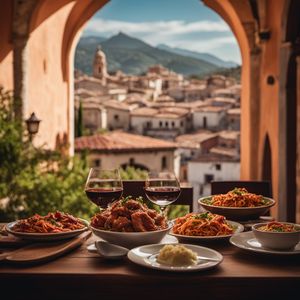
Abruzzese and Molisan cuisine
Savory, Earthy, Rustic, Hearty
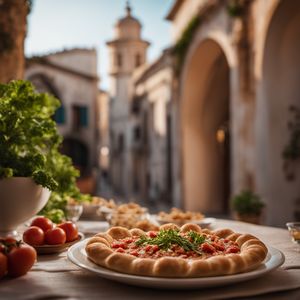
Apulian cuisine
Fresh, Savory, Rustic, Simple
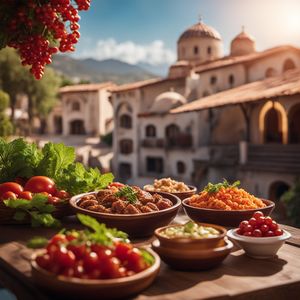
Arbëreshë cuisine
Savory, Tangy, Herbaceous, Spicy

Basilicatan (Lucanian) cuisine
Savory, Earthy, Rustic, Hearty
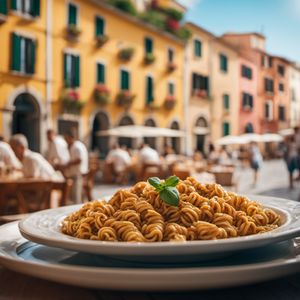
Ligurian cuisine
Light, Delicate, Herbaceous, Salty
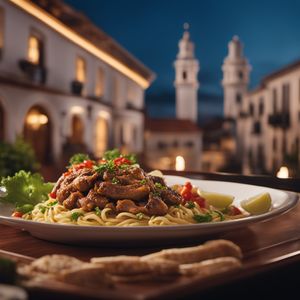
Lombard cuisine
Rich, Savory, Meaty, Cheesy

Neapolitan cuisine
Bold, Savory, Spicy, Tangy, Fresh
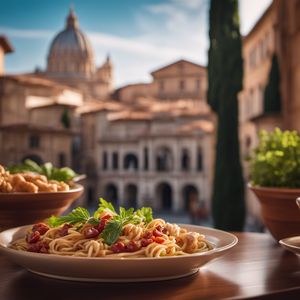
Roman cuisine
Fresh, Light, Herbaceous, Tangy, Savory
